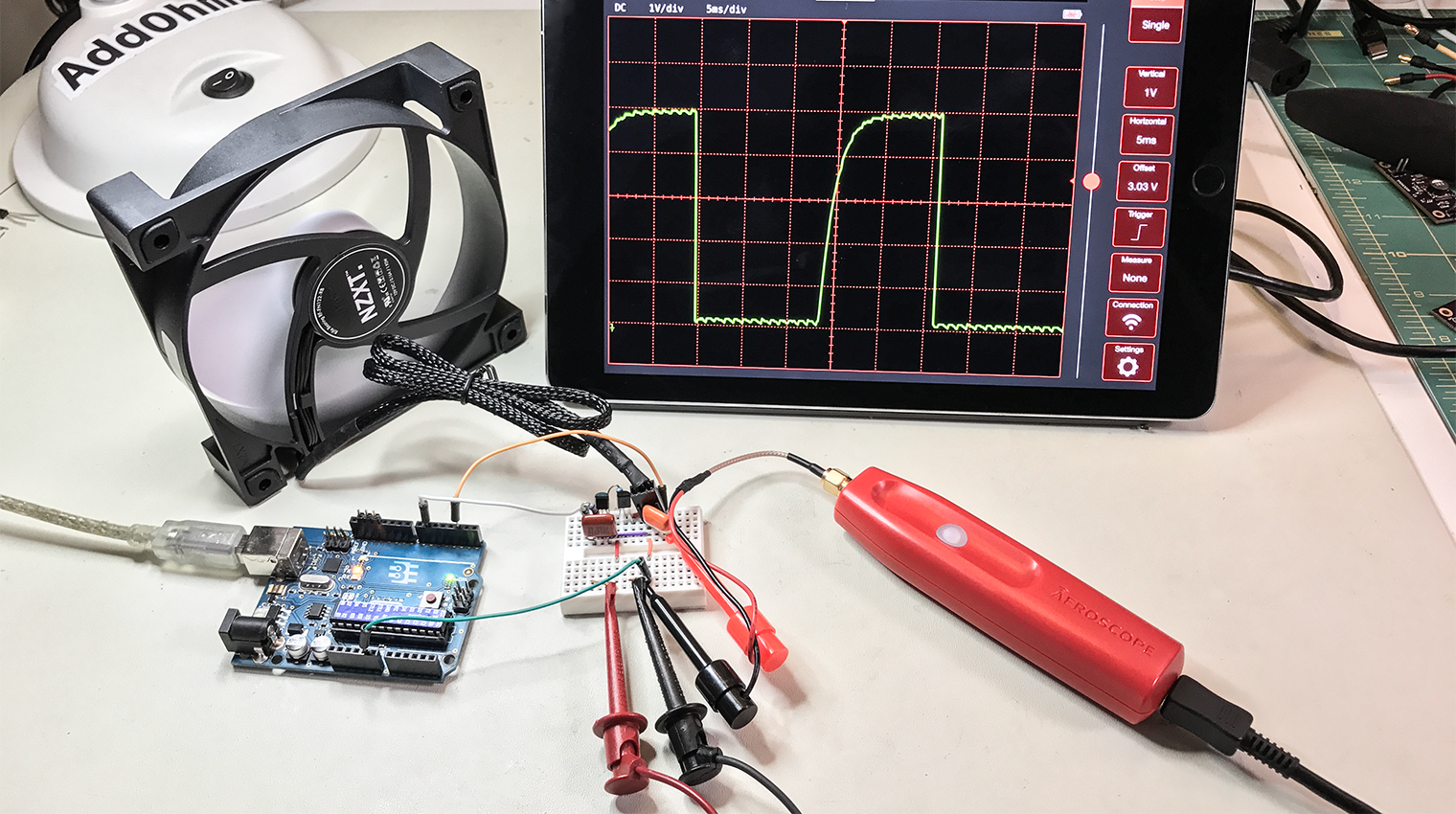How a Brushed DC Motor works and how to use them
This Addohms Electronics Motor Tutorial goes into the third dimension. Using a 3D model, we show what makes a brushed DC motor, well, a “brushed motor.” (Hint: It’s the brushes!) Then, as usual, we break down two simple ways to control them with a microcontroller like the Arduino. You can use a single BJT Transistor (remember those from #10?), build a discrete H-Bridge to go in both directions, or use a popular H-Bridge chip like the L293D or L298D. (Notice the ‘D’!)
Tutorial Contents
The video starts with a couple of (mixed) motor examples. Do you know what a “stator” or “rotor” is? If not, that’s okay because that’s one of the first things we explain. After that, we add part like the commutator and brushes to make the Brushed DC Motor. After that is control with a transistor and an explosive reason you need a protection diode. 🙂 Then we show how an H-Bridge Works. Lastly, the advantages and disadvantages of this motor type.
You can see the full Brushed DC Motor Tutorial on YouTube or on the AddOhms page.


